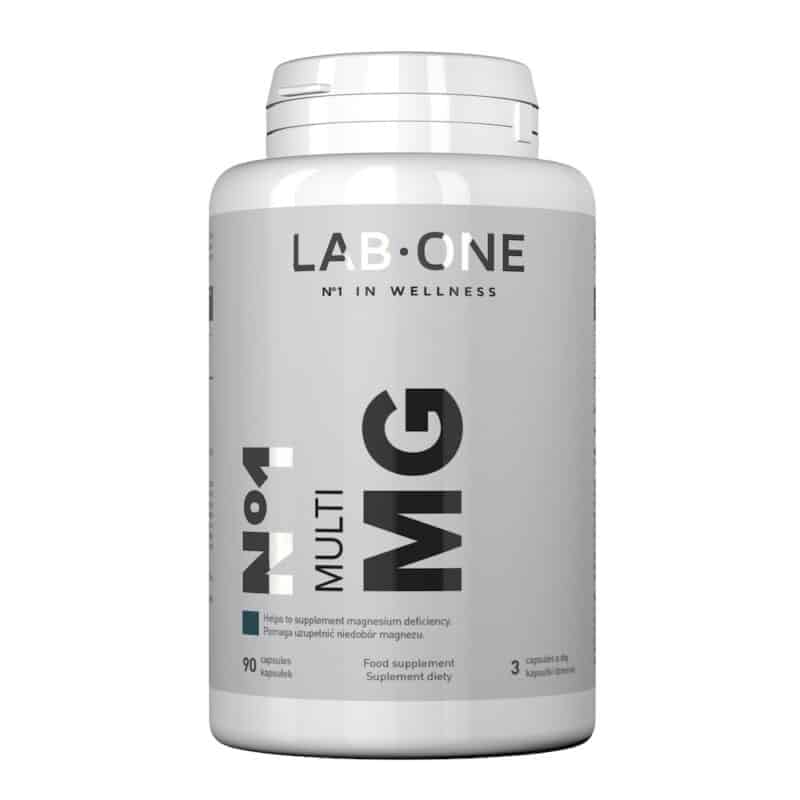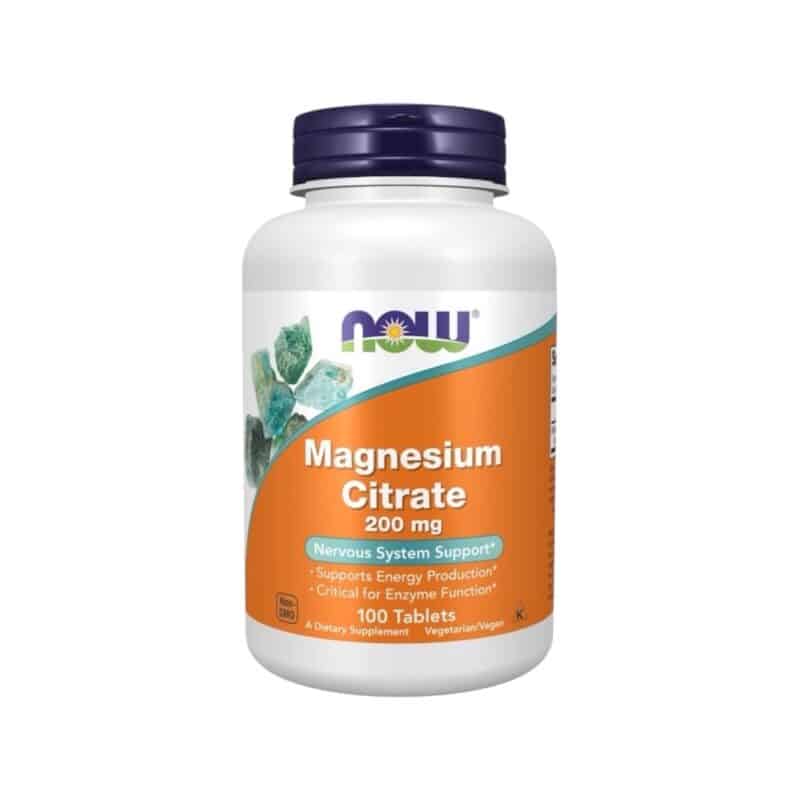After recent headlines highlighted rising magnesium shortfalls among UK adults—linked to high stress, low fruit-and-veg intake, and heavy training—many readers are asking which supplement actually suits their goals and gut. This guide gives you a clear, practical route: how to recognise common signs of low intake, check your diet against UK targets, and understand lab testing limits; a concise comparison of popular magnesium forms so you can match the right type to sleep, digestion, focus, heart health, or muscle energy; step-by-step advice on dosing, timing, and smart pairings; essential safety notes, interactions, and red flags; and finally, how to buy well with label maths, quality marks, and format tips. Whether you’re chasing calmer nights, fewer cramps, or steadier energy, you’ll learn how to choose confidently, tolerate comfortably, and use magnesium effectively.
- Identify Your Magnesium Needs: Symptoms, Intake Targets, and Checks
- Match Magnesium Forms to Goals: Absorption, Tolerability, and Use Cases
- Build Your Plan: Dosage, Timing, and Nutrient Pairings
- Stay Safe with Magnesium: Side Effects, Interactions, and Red Flags
- Buy the Best Magnesium: Formats, Quality Marks, and Practical Tips
Identify Your Magnesium Needs: Symptoms, Intake Targets, and Checks
Who actually benefits from topping up magnesium? People under high stress, athletes pushing hard, anyone with a low intake of vegetables, nuts, and wholegrains, and those living on coffee and convenience foods. If that sounds familiar, your baseline might be lower than you think, and a smart plan for magnesium intake can steady energy, sleep, and recovery without the fluff.
- Early signs to watch: low energy, muscle cramps or twitches, poor sleep, headaches, constipation.
- UK targets: around 300 mg/day for men and 270 mg/day for women from food plus supplements.
- Quick self-check with real food:
- Handful of almonds ≈ 80 mg
- 2 squares dark chocolate (70%+) ≈ 50 mg
- 1 cup cooked spinach ≈ 150 mg
- 1 cup cooked black beans ≈ 120 mg
- 1 cup cooked quinoa ≈ 115 mg
Add up what you actually eat in a day—if you’re short of your target by 100–200 mg, that’s a clear cue to adjust diet or consider a magnesium supplement.
- Testing note: basic serum magnesium can miss shortfalls; if symptoms hang around, speak to your GP about checking RBC magnesium.
Match Magnesium Forms to Goals: Absorption, Tolerability, and Use Cases
Use this compact comparison to align form with your goal. If you’re tired of guessing, anchor your choice to the outcome you actually want: better sleep, calmer nerves, muscle energy, focus, or help with constipation. The trick is simple: pick the magnesium form for the job, then check your gut tolerance. No fluff, no hype—just forms that work for specific aims.
Form | Best for | Absorption | GI effect | Key note |
|---|---|---|---|---|
Glycinate (bisglycinate) | Sleep, calm | High | Gentle | Low laxative risk |
Citrate | Constipation, general | High | Laxative-prone | Take earlier in day |
Malate | Muscle energy | Mod–High | Gentle | Daytime support |
Threonate | Focus, memory | Moderate | Gentle | Low elemental content |
Taurate | Heart, BP | Moderate | Gentle | Cardio-friendly |
Oxide | Budget laxative | Low | Laxative | Poor absorption |
Chloride | Liquid options | High | Variable | Easy to dose |
Sulphate (Epsom) | Baths | — | — | Topical/soaking |
Pick the form first by outcome, then refine by gut tolerance.
- For sleep and anxiety: choose magnesium glycinate at night; if your gut is sensitive, start low and increase slowly.
- For regularity or general use: go with magnesium citrate; dose earlier to avoid midnight bathroom trips.
- For energy and muscles: take magnesium malate in the morning or pre-training for cleaner daytime support.
- For brainy tasks: try magnesium threonate; expect lower elemental magnesium, so consistency matters.
- For heart health and blood pressure: use magnesium taurate; steady daily dosing works best.
- For the cheapest laxative effect: magnesium oxide is blunt but poorly absorbed—use with intention.
- Prefer liquids or titration: magnesium chloride offers flexible dosing and solid bioavailability.
- For recovery soaks: magnesium sulphate (Epsom baths) is topical; not for oral magnesium repletion.
Build Your Plan: Dosage, Timing, and Nutrient Pairings
Cut the fluff—here’s your no-nonsense magnesium game plan.
- Estimate your gap from food vs target intake using a quick diet check and your symptoms.
- Start low at 100–200 mg elemental/day and increase by 50–100 mg every 3–4 days if needed.
- Split doses with meals; choose relaxing forms like magnesium glycinate in the evening.
- Space 2–4 hours away from iron, levothyroxine, tetracyclines/quinolones, and bisphosphonates to avoid absorption clashes.
- Back it up with vitamin D sufficiency, potassium-rich veg, and solid hydration. If you’re sensitive, keep the first dose to 100 mg with food and watch for GI tolerance; if stools loosen, dial back or switch to glycinate over citrate. Aim for a total from diet plus supplement that keeps you in the sweet spot without chasing mega-doses—think steady consistency over heroics.
Three ultra-brief, real-world scenarios (example picks, not prescriptions):
- Sleep + stress: magnesium glycinate 200 mg, 1–2 hours before bed, lights low, screens off.
- Constipation: magnesium citrate 150–300 mg with breakfast, plus extra water and fibre.
- Muscle recovery: magnesium malate 150 mg at lunch + 150 mg at dinner, paired with protein and electrolytes.
- For athletes, check your total elemental magnesium per capsule, not just the compound name, and keep a simple log—dose, timing, form, effect—so you can tweak fast. If you take levothyroxine or antibiotics, set phone reminders to maintain the 2–4 hour gap. Keep it boring, consistent, and you’ll feel the quiet upgrade: calmer nights, smoother digestion, and fewer cramps.
Stay Safe with Magnesium: Side Effects, Interactions, and Red Flags
Safety first isn’t just a slogan — it matters with magnesium supplementation. The EU/UK sets a Tolerable Upper Intake Level (UL) of 250 mg/day for magnesium from supplements only (food sources don’t count). If you’ve got kidney disease, a history of heart block, myasthenia gravis, are on diuretics or heart medications, or you’re pregnant or breastfeeding, speak to your GP first. Common side effects like diarrhoea, nausea, and stomach cramping often mean the dose is too high or the form isn’t for you — try lowering to 100–200 mg elemental magnesium daily or switching to a gentler form such as magnesium glycinate. If you’re on PPIs long term (e.g., omeprazole), be mindful that they can reduce magnesium levels — worth a chat with your clinician and maybe a serum magnesium check.
Interactions matter. Magnesium binds some meds in the gut, so separate by 2–4 hours from tetracyclines (e.g., doxycycline), quinolones (e.g., ciprofloxacin), levothyroxine, and bisphosphonates (e.g., alendronate). Red flags that need urgent attention: severe weakness, very low blood pressure (dizziness, fainting), or persistent vomiting — stop the supplement and get medical help. If your gut hates magnesium, compare forms: some are smoother on digestion and better absorbed.
Magnesium Forms: Tolerance, Absorption, and Typical Elemental Dose:
Form | Elemental Mg per 500 mg compound | Absorption/Bioavailability | GI Tolerance | Best For | Notes |
|---|---|---|---|---|---|
Magnesium glycinate | ~70–90 mg | High | Gentle (low diarrhoea risk) | Sleep, stress, sensitive stomachs | Good option if you reacted to citrate/oxide |
Magnesium citrate | ~80–85 mg | Moderate–high | Moderate (can loosen stools) | Constipation-prone | Hydrate and start low to avoid cramping |
Magnesium oxide | ~300 mg | Low | Higher diarrhoea risk | Short-term laxative | Not ideal if aiming for systemic repletion |
Magnesium malate | ~60–70 mg | Good | Gentle–moderate | Energy support, daytime use | Often well tolerated with meals |
Magnesium taurate | ~60–70 mg | Good | Gentle | Cardio support | Consider if on heart meds; still check with GP |
Buy the Best Magnesium: Formats, Quality Marks, and Practical Tips
Capsules are simple and tidy, powders give flexible dosing, liquids absorb fast, while sprays/oils and Epsom salt baths offer topical, soothing options for tight muscles and bedtime routines. Quick label maths: if a serving lists 2,000 mg magnesium citrate, that’s roughly ~320 mg elemental (approximate; always go by the brand’s stated elemental amount when provided). For real value, calculate cost per 100 mg elemental magnesium and check the capsule count vs serving size so you know how long the bottle actually lasts.
Day-to-day practicality matters: keep your supplement dry and cool, reseal powders tightly to prevent clumping, and pick flavours you’ll actually stick with rather than chasing hype. For commuting or flights, capsules or tablets beat messy tubs; save topical magnesium oils and Epsom baths for home recovery. If you’re undecided, start with a well-tested product that states the elemental magnesium clearly, passes a recognised third‑party test, and keeps the price per 100 mg honest—undefined marketing fluff doesn’t move the needle, transparent labels do.
Frequently Asked Questions
How long does it take to feel benefits from magnesium?
Some notice calmer sleep or fewer cramps within 3–7 days; bowel regularity can change in 1–3 days with citrate. Cognitive or energy benefits may take 2–4 weeks of consistent dosing.
Should I take magnesium with food or on an empty stomach?
Take with meals to improve tolerance and absorption. Relaxing forms (e.g., glycinate) can be taken with an evening snack; laxative forms (e.g., citrate) suit breakfast.
Can I combine different magnesium forms?
Yes, if total elemental magnesium stays within your plan and tolerability. For example, citrate in the morning for bowel support and glycinate in the evening for sleep.
What if magnesium upsets my stomach?
Reduce the dose, split it, switch to a gentler form (glycinate, malate, threonate), and take with food. Persistent diarrhoea: stop and seek advice.
Is topical magnesium (sprays or Epsom baths) a substitute for oral supplements?
They can be soothing for muscles and relaxation, but absorption is variable. Use as an adjunct; rely on diet and oral forms for predictable intake.





